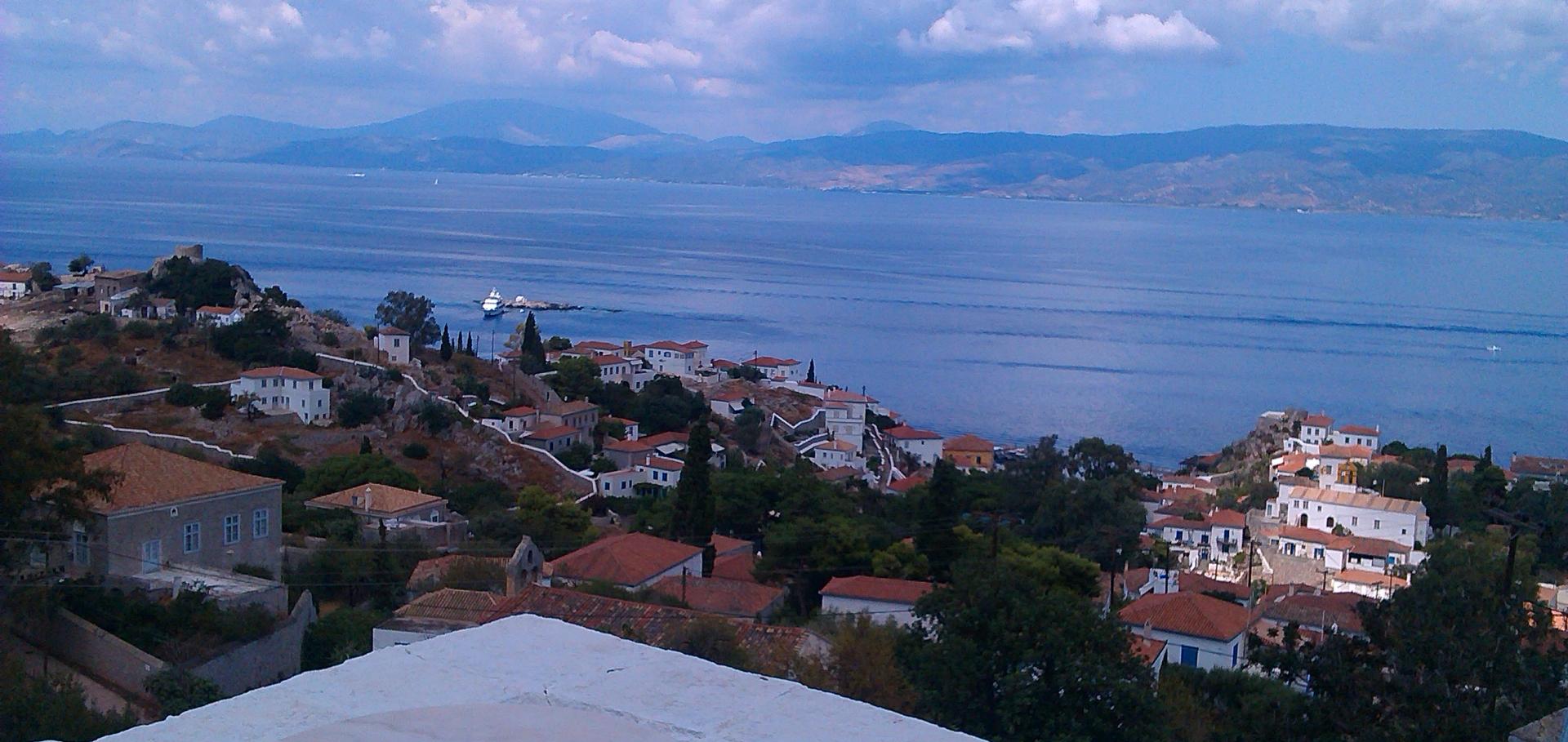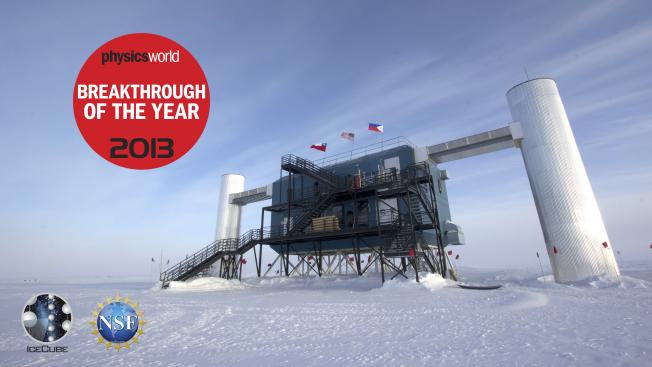The Intergalactic Propagation of Ultra-High Energy Cosmic Ray Nuclei: An Analytic Approach
ArXiv 0802.1538 (2008)
Abstract:
It is likely that ultra-high energy cosmic rays contain a significant component of heavy or intermediate mass nuclei. The propagation of ultra-high energy nuclei through cosmic radiation backgrounds is more complicated than that of protons and its study has required the use of Monte Carlo techniques. We present an analytic method for calculating the spectrum and the composition at Earth of ultra-high energy cosmic rays which start out as heavy nuclei from their extragalactic sources. The results obtained are in good agreement with those obtained using numerical methods.The search for Muon neutrinos from northern hemisphere gamma-ray bursts with AMANDA
Astrophysical Journal 674:1 (2008) 357-370
Abstract:
We present the results of the analysis of neutrino observations by the Antarctic Muon and Neutrino Detector Array (AMANDA) correlated with photon observations of more than 400 gamma-ray bursts (GRBs) in the northern hemisphere from 1997 to 2003. During this time period, AMANDA'S effective collection area for muon neutrinos was larger than that of any other existing detector. After the application of various selection criteria to our data, we expect ∼ 1 neutrino event and <2 background events. Based on our observations of zero events during and immediately prior to the GRBs in the data set, we set the most stringent upper limit on muon neutrino emission correlated with GRBs. Assuming a Waxman-Bahcall spectrum and incorporating all systematic uncertainties, our flux upper limit has a normalization at 1 PeVof E2Φv, ≤ 6.3 × 10-9 GeV cm-2 s-1 sr -1, with 90% of the events expected within the energy range of ∼ 10 TeV to ∼3 PeV The impact of this limit on several theoretical models of GRBs is discussed, as well as the future potential for detection of GRBs by next-generation neutrino telescopes. Finally, we briefly describe several modifications to this analysis in order to apply it to other types of transient point sources. © 2008. The American Astronomical Society. All rights reserved.IceCube contributions to the XIV International Symposium on Very High Energy Cosmic Ray Interactions (ISVHECRI 2006) Weihai, China - August 15-22
NUCL PHYS B-PROC SUP 175 (2008) 407-408
Fine tuning and the ratio of tensor to scalar density fluctuations from cosmological inflation
JCAP 0810 (2008) 015-015
SOLAR ENERGETIC PARTICLE SPECTRUM ON 2006 DECEMBER 13 DETERMINED BY IceTop
ASTROPHYSICAL JOURNAL LETTERS 689:1 (2008) L65-L68



